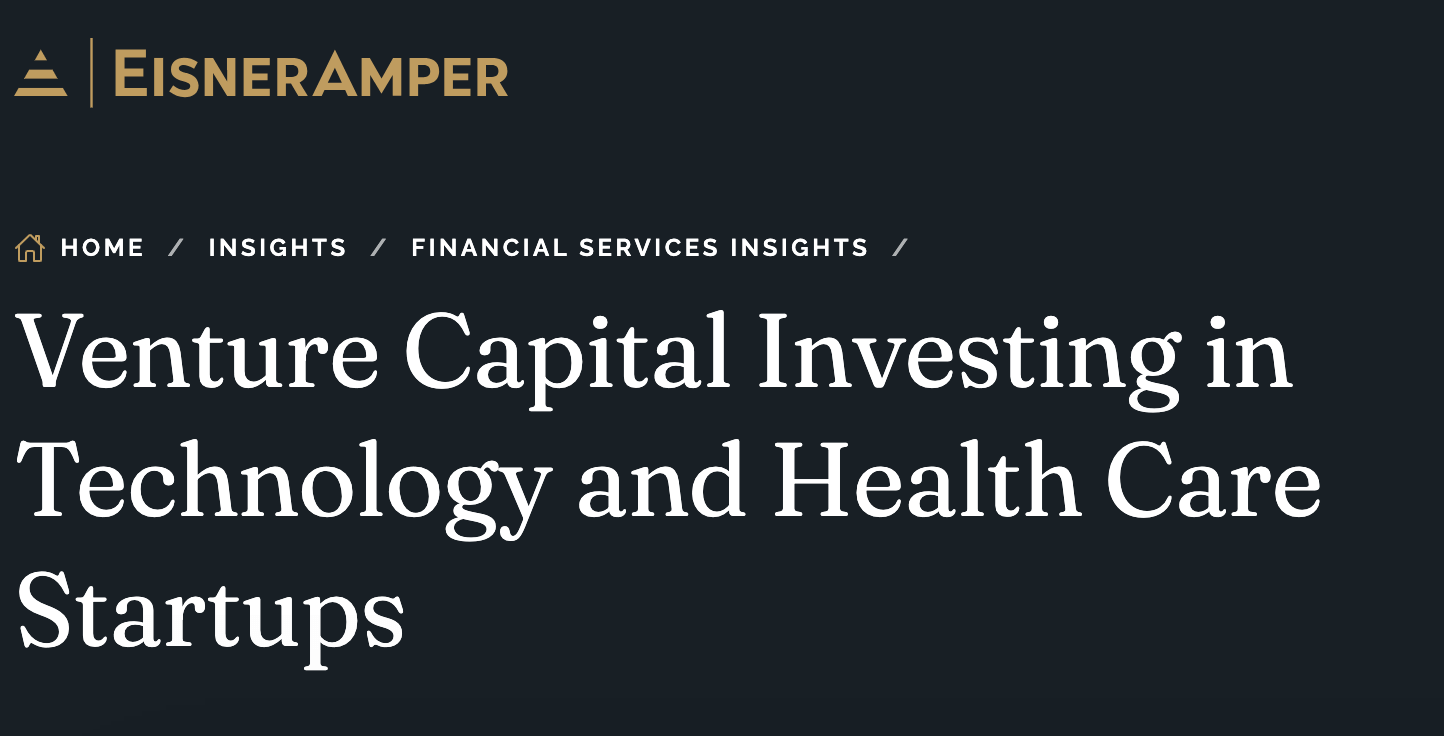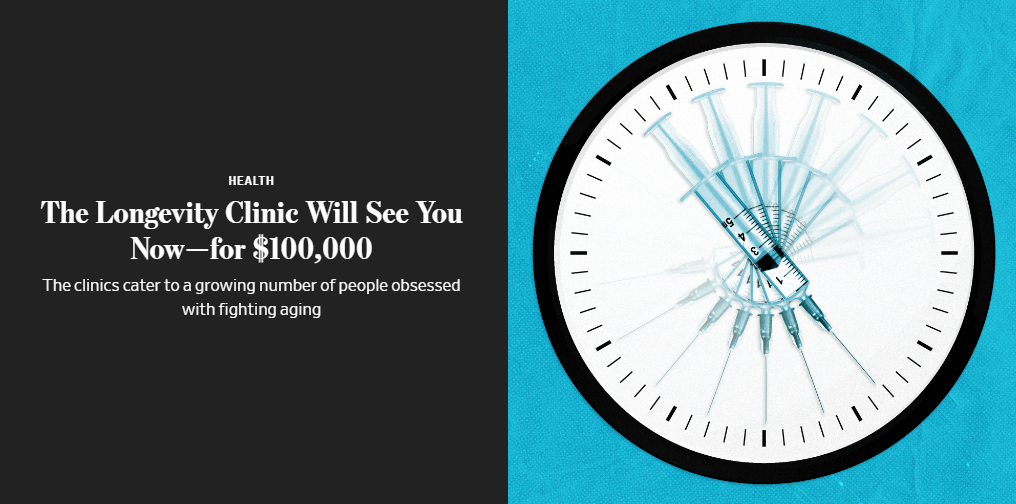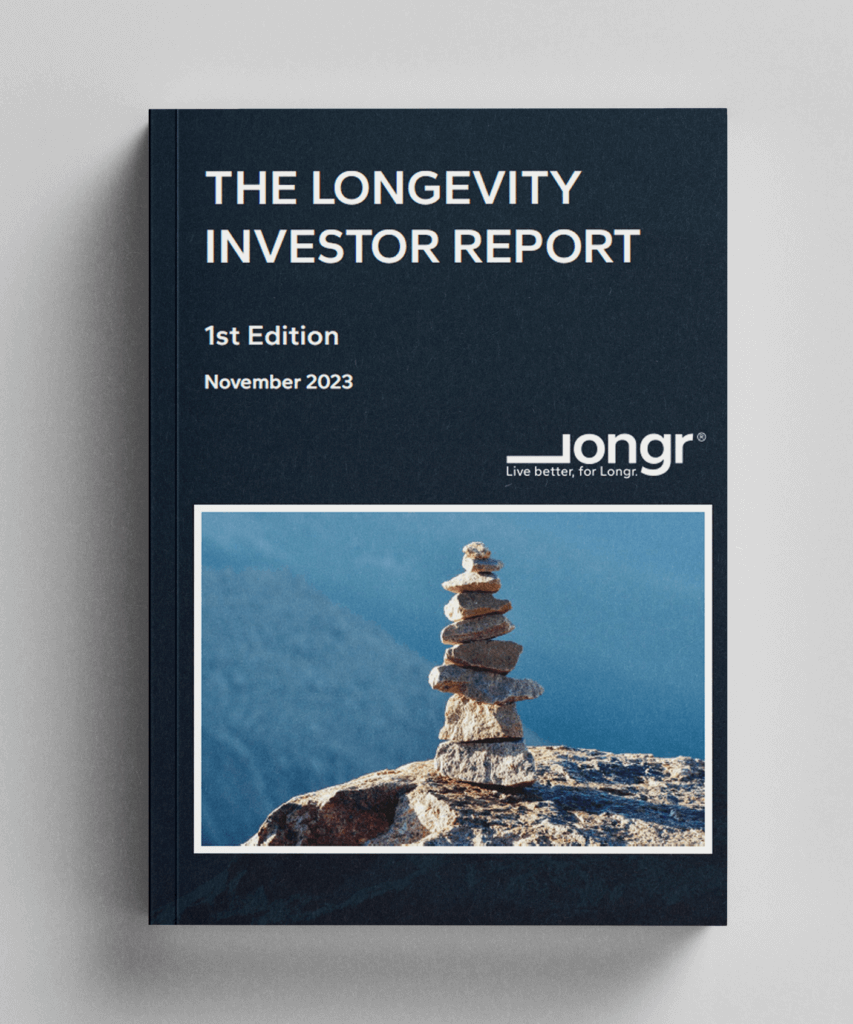This sector, defined by its pursuit of extending human healthspan and lifespan through advanced medical and technological interventions, is at the forefront of a significant shift in healthcare paradigms.
As we delve into the intricacies of this rapidly evolving landscape, it is imperative for stakeholders to navigate with strategic acumen, balancing the potential for groundbreaking advancements with the ethical, regulatory, and market considerations that accompany such innovation.
Today we cover three pivotal happenings that are shaping the future of longevity healthcare: the development and implications of Large Biological Models (LBMs), the strategic growth trajectories of companies like Ultrahuman in wearable health technology, and the ethical and market dynamics surrounding the rise of longevity clinics. Each of these segments reflects critical facets of the longevity healthcare ecosystem, offering a nuanced understanding of the opportunities, challenges, and strategic considerations that define the sector.
The insights presented are intended to foster a deep understanding of the sector’s complexities, guiding strategic planning and investment in a domain where science, technology, and ethics converge to redefine the boundaries of health and aging.
Let’s dive in …
The Dawn of Large Biological Models

In a poignant reflection marked by personal loss and a call to action, Michael Geer, associated with Humanity, heralds the emergence of Large Biological Models (LBMs) as a groundbreaking shift in the fight against chronic diseases and the quest for longevity.
For over a century, humanity’s battle against chronic illnesses has been stalwart yet frustratingly stagnant. Despite numerous “breakthroughs,” the overall impact on health span — the portion of life spent in good health — remains minimal.
The narrative has been predominantly characterized by incremental advances in treating symptoms rather than addressing the root causes of aging and disease. However, the advent of Large Language Models (LLMs) like OpenAI’s ChatGPT signifies a radical departure from conventional wisdom, demonstrating that significant strides in understanding and capabilities can emerge from training models on vast, unstructured data sets.
Geer proposes a bold pivot towards the development of LBMs, leveraging the principles that fueled the success of LLMs but applied to biological data. The vision for LBMs is to harness extensive datasets of biological measurements to train models that can decode the complexities of human biology, offering unprecedented insights into health, aging, and disease.
By drawing parallels with the evolution of LLMs, Geer underscores a future where LBMs could serve as the bedrock for personalized medicine, predictive diagnostics, and innovative treatments.
LBMs promise to accelerate the pace of discovery and innovation, opening new avenues for investment in longevity and personalized medicine. They offer the potential for significant returns on investment by tapping into the burgeoning demand for advanced healthcare solutions that can effectively address the root causes of aging and chronic diseases.
Read the full article here.
THE LONGEVITY INVESTOR REPORT
This exclusive first edition has a complete sector breakdown, and an introduction to some of the key things professional longevity investors are looking at.
We’re demystifying the sector, and providing inside access to the most promising companies.
Ultrahuman has its eye on Oura’s crown

The second article delves into the strategic evolution of Ultrahuman, a burgeoning titan in the wearable health tech industry, poised to challenge the market dominance of Oura with its innovative smart ring.
At the heart of Ultrahuman’s strategy is a keen focus on product innovation, manufacturing autonomy, and a nuanced understanding of market dynamics. The establishment of the “UltraFactory” capable of supporting $200M in annual revenue is a bold move, signaling Ultrahuman’s commitment to scaling operations and controlling its destiny in the wearable tech space. Furthermore, their strategic partnership with prestigious retail outlets like Selfridges and the Virgin Megastore embodies a multifaceted approach to growth, merging online prowess with physical retail’s tactile appeal.
Ultrahuman’s trajectory offers a compelling case study in strategic growth within the health tech sector. The emphasis on a subscription-free model, contrasted with Oura’s membership requirement, underlines a consumer-centric approach that could redefine market standards for accessibility and user engagement.
The product evolution from the initial Ring to the sleeker Ring Air, coupled with a commitment to inclusivity and female-centric features, showcases Ultrahuman’s agility and responsiveness to market needs. These innovations not only cater to a broader demographic but also enhance Ultrahuman’s value proposition by intertwining technology with personalized health insights.
Ultrahuman’s journey from a fledgling startup to a formidable player in the health tech arena exemplifies the transformative power of strategic investment, innovation, and market acumen.
As wearable technologies become increasingly integral to personal health management, companies that can deliver comprehensive, integrated solutions while maintaining a keen focus on user experience and accessibility will likely lead the charge towards a healthier future.
Read the full article here.
The $100,000 Longevity Clinic Membership

These longevity clinics, often commanding fees up to $100,000 per year, offer a suite of advanced, sometimes experimental, treatments ranging from biological-age testing to stem-cell therapies.
Longevity clinics are at the forefront of a healthcare revolution, leveraging cutting-edge science to cater to a niche but growing clientele that seeks to push the boundaries of human health and lifespan. The rapid proliferation of these clinics, supported by a significant uptick in venture capital investment, underscores a growing market appetite for personalized and preventive healthcare solutions.
However, this trend also underscores a widening gap in healthcare equity and the ethical quandaries surrounding access and the commercialization of potential life-extending treatments.
These clinics signal a lucrative market for innovative healthcare solutions that transcend traditional medical practices. They underscore a demand for interventions that not only treat but anticipate and prevent age-related decline, opening avenues for investment in biotechnology, AI-driven diagnostics, and personalized medicine.
The advent of longevity clinics is emblematic of a broader shift towards a more proactive, personalized approach to healthcare. This movement holds profound implications for the future of medicine, potentially reshaping societal norms around aging and health.
Collaborating with regulatory bodies, engaging in public discourse on the ethical dimensions of longevity medicine, and supporting research that broadens the understanding of aging will be critical to realizing the full potential of these advancements in a manner that benefits society as a whole.
Read the full article here.
As we conclude our exploration of the longevity healthcare sector, it is clear that we stand on the cusp of a transformative era in health and medicine. Navigating this complex landscape, a strategic, informed approach is essential to capitalize on the potential while mitigating the inherent risks.
The analysis of Large Biological Models, Ultrahuman’s growth in wearable health technology, and the proliferation of longevity clinics highlights a burgeoning sector poised for transformative advancements. These insights underscore a pivotal opportunity to drive and shape the future of healthcare through strategic engagements and investments.
Key takeaways include the necessity for due diligence in backing scientifically validated and ethically sound ventures, the importance of consumer-centric innovation, and the potential for significant returns in a market increasingly focused on preventive and personalized health solutions. Investors are encouraged to focus on companies that demonstrate a clear vision, robust growth strategies, and the ability to navigate the complex regulatory landscape of healthcare.
In conclusion, the longevity healthcare sector offers profound investment opportunities, with the promise of not only financial returns but also the potential to contribute to societal well-being through advancements in health and longevity. Strategic investment in this sector is not merely a financial decision but a venture into shaping the future of human health.
Until next time,
The Longr Reads Team
“Health is not valued till sickness comes.”
Thomas Fuller
Longr Reads’ of the Week
- Generative AI will Transform Healthcare (Bain & Company)
- Requests for Startups in 2024 (VC Cafe)
- 5 steps to put healthcare on the AI fast-track (WEF)


